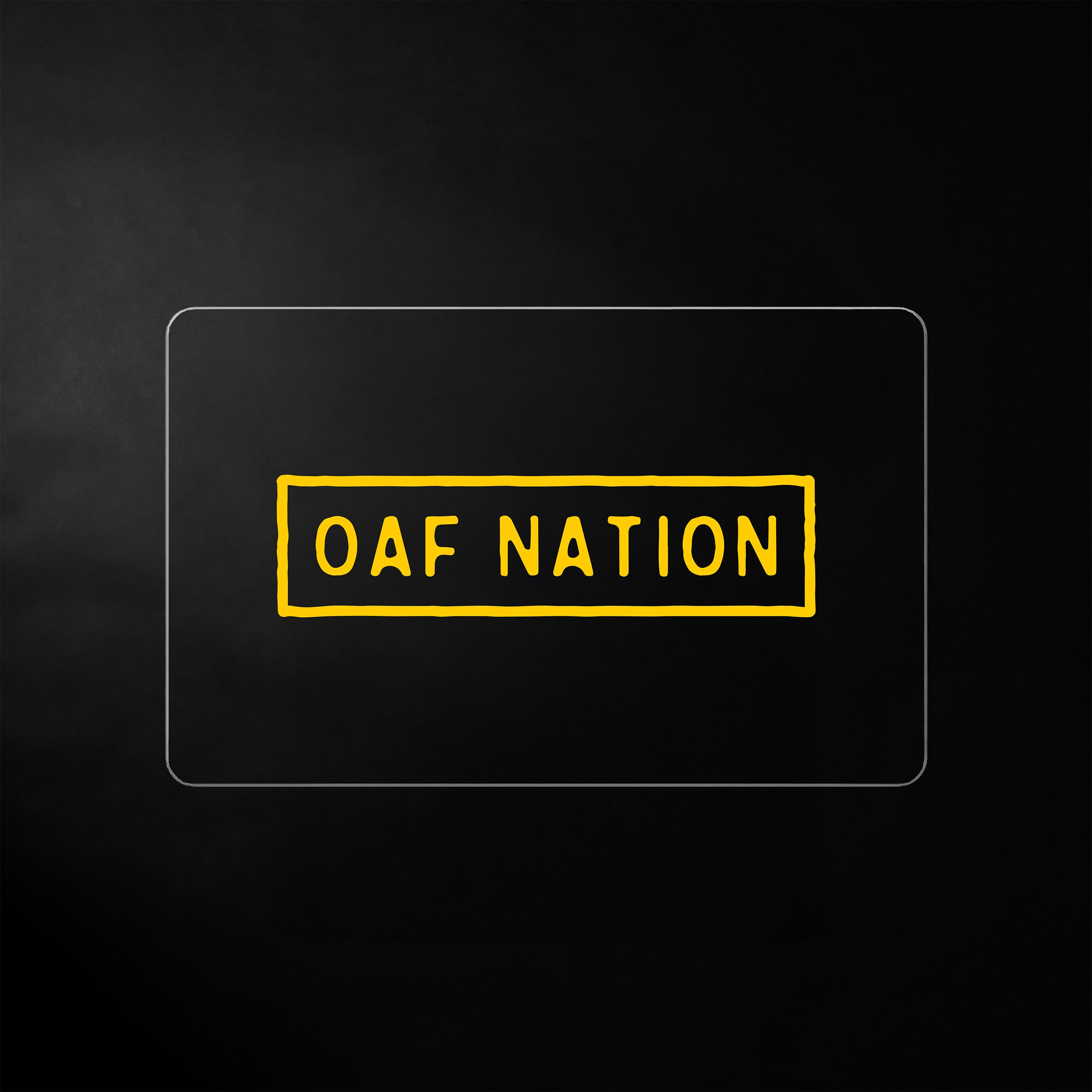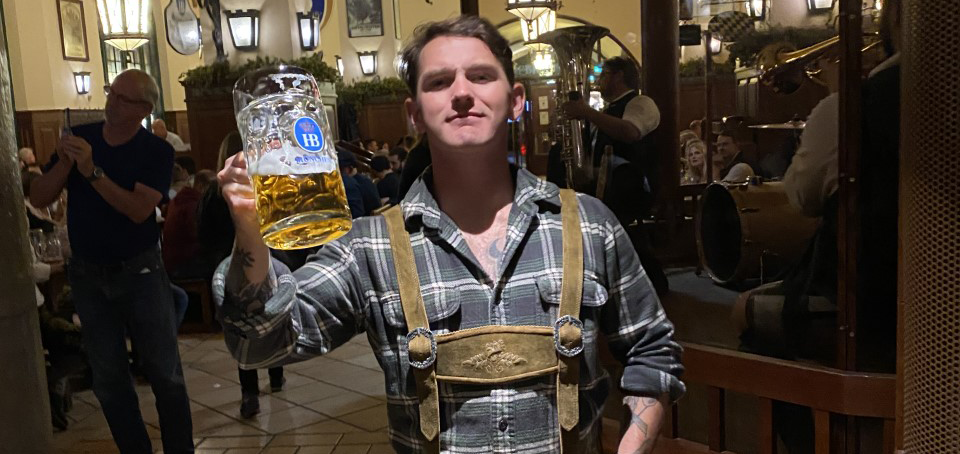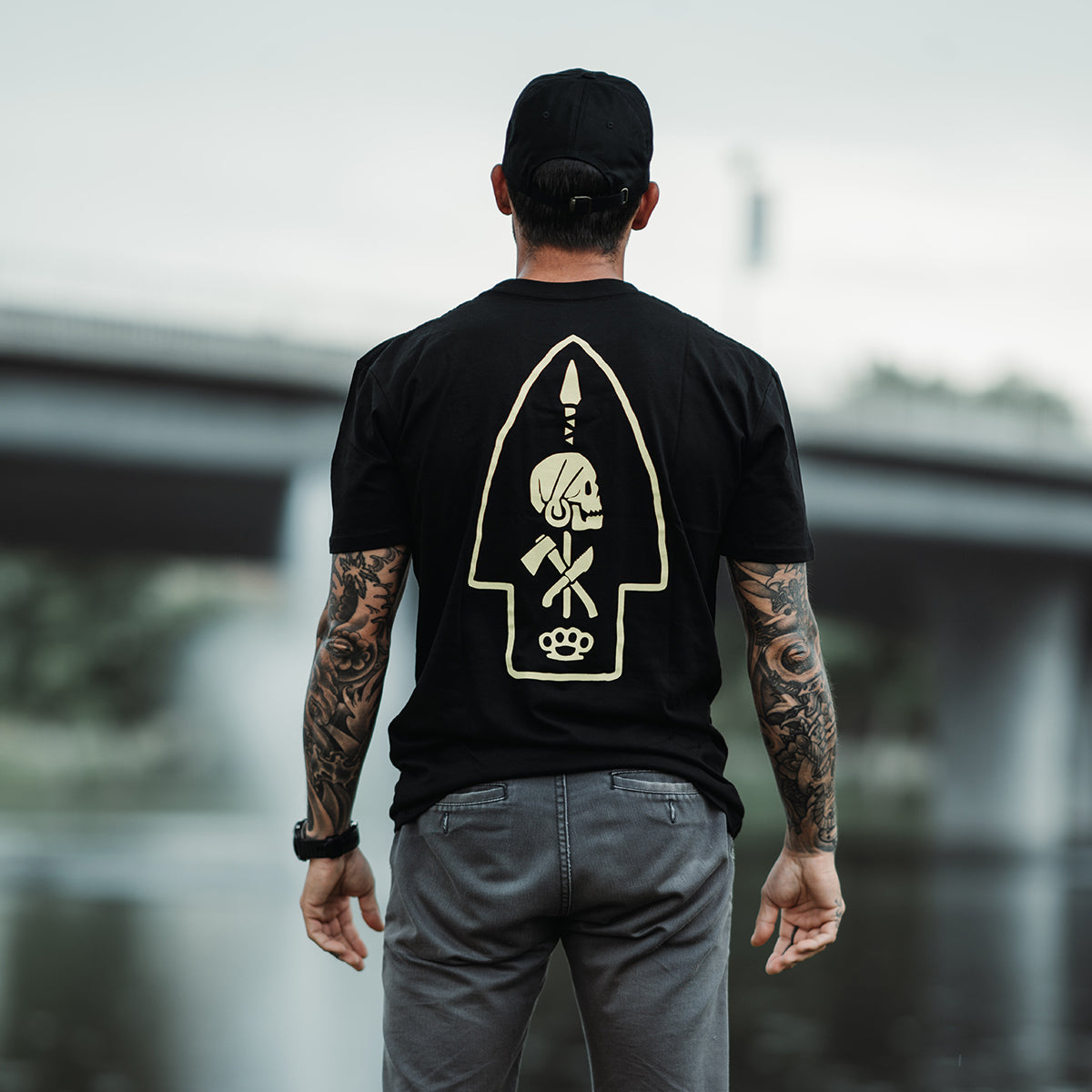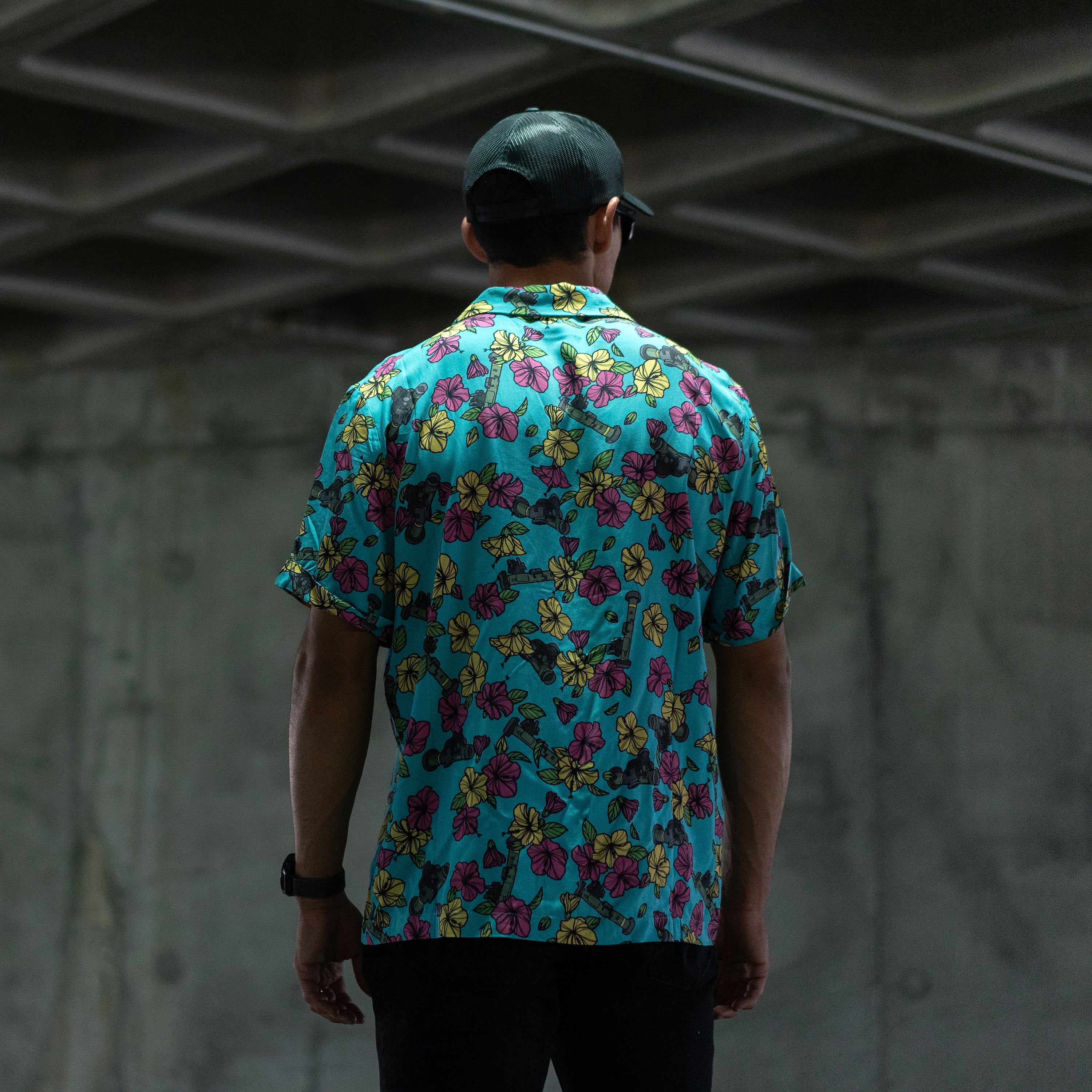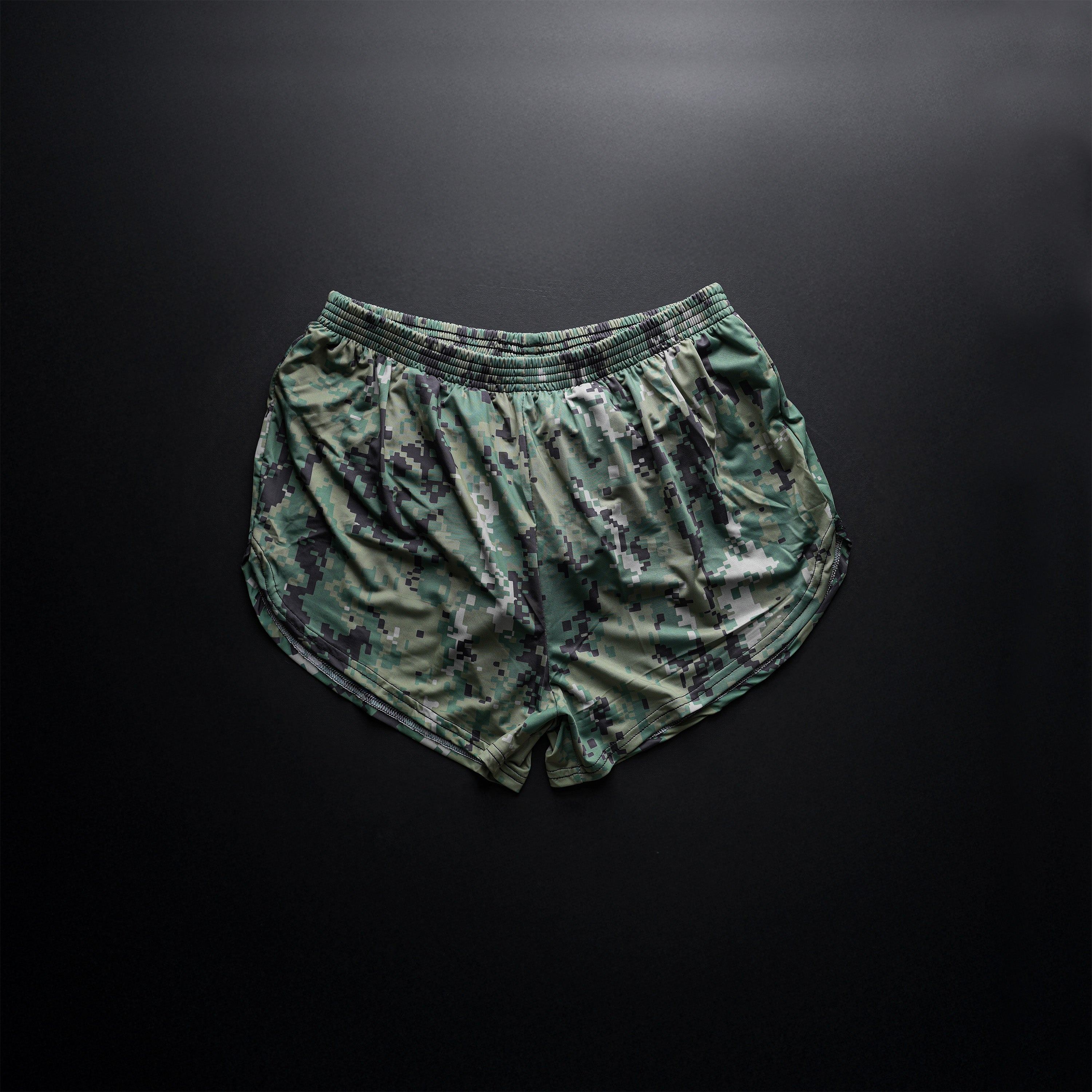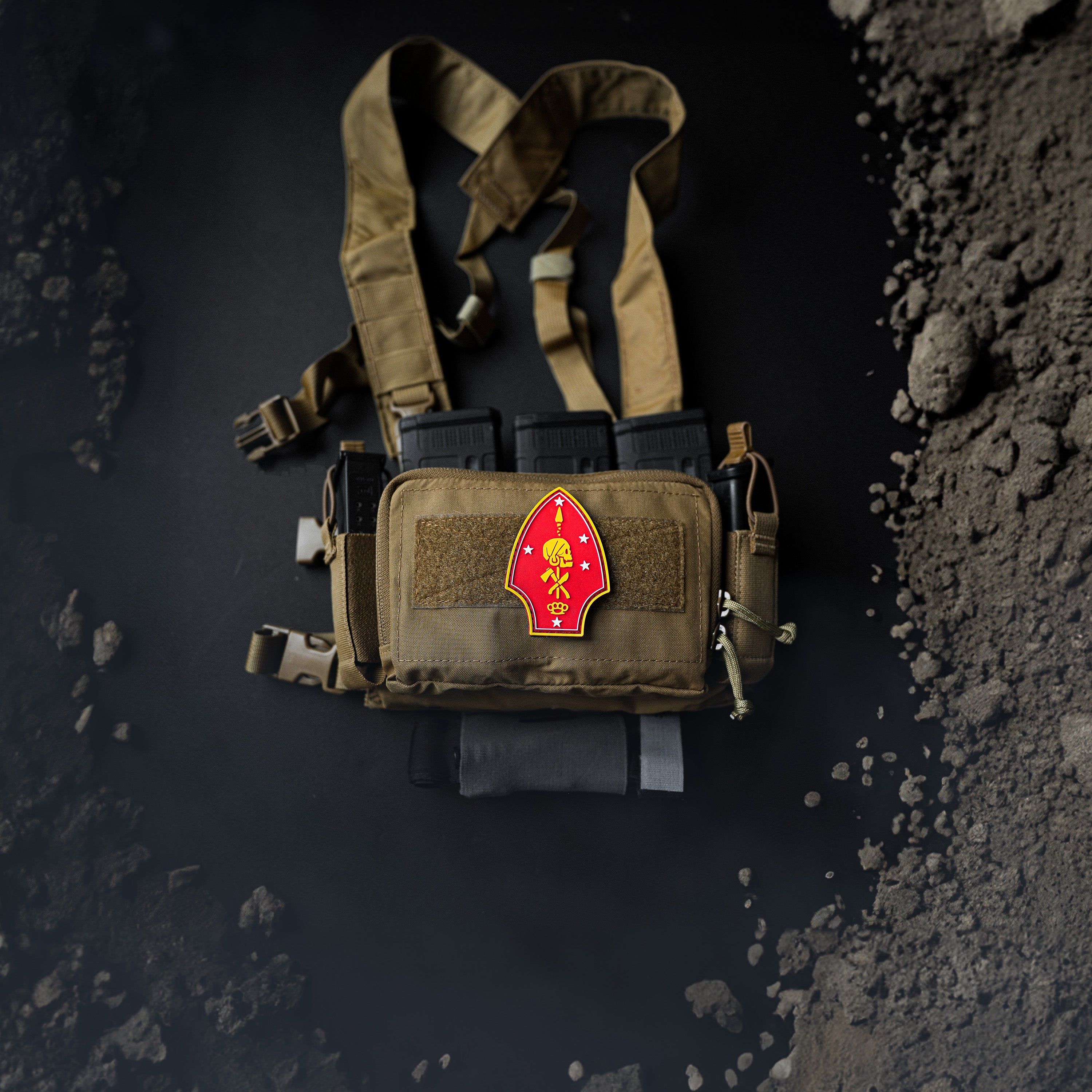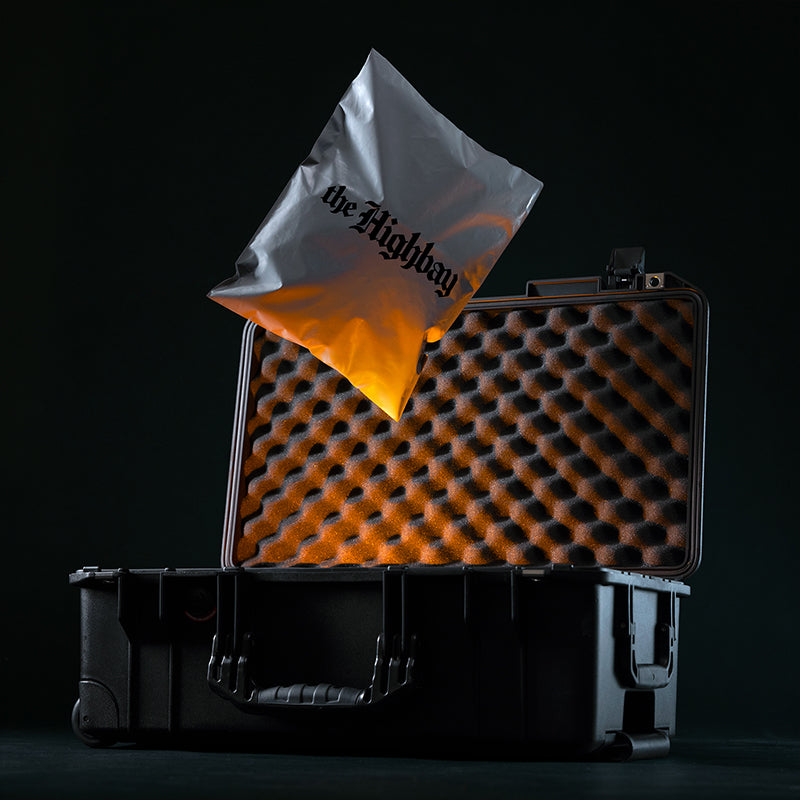Article: Dear Havana, I’m Never Leaving

Dear Havana, I’m Never Leaving

There are only two acceptable times to take a cruise ship. 1: if you are an absolute bore of a person, 2: if the destination is impossible to reach by any other means. This is how I found myself packed between middle aged swingers and gamblers on my way to Havana.
I left port in Tampa with a couple of friends, a camera, two changes of clothes, and an extra empty bag for the purpose of smuggling rum and cigars. Being a fairly new vagabond, I didn’t know much. Hell, I had only recently returned from backpacking Europe when I saw an advertisement for “Cruises to Cuba. Be one of the first to see the old world.” It was only 300 bucks too.
I convinced my Army buddy to come, with the stipulation that his girlfriend could come. She was the worst, constantly preventing my buddy from committing debauchery with me but I agreed. Then my old high school buddy wanted to tag along. We had backpacked Europe together, so why not? I did absolutely no research; no call around, no nothing. I just paid the fees and awaited the day of travel.
Now let me be clear: I had never been on a cruise ship at this point and have never been on one since. They suck. The booze is watered down and reeks of the old. I passed the time at sea behind a pair of cards. I gambled and listened to the outdated slurs of Midwestern retirees about Cubans. I was offended but made up for it by taking their money. Little victories are all that matter. Two days later, we made land. I rushed to the deck and saw the beauty of Havana.

I will not bore nor waste your time with the complex history of U.S - Cuban relations. You know the narrative, “Cuba: Bad - America: Good.” They had some missiles, and now we can’t have their cigars. Pretty bad trade deal considering it’s lasted almost 70 years. It stays in our minds as a place of the Mafia and Casinos, preserved in time like an old photograph. I will tell you it’s not that far off. My feet hit the street, and classic cars rushed by me. “Damn, it’s just like they said it would be.''

I had a little time to kill, so I went to a cafe, ordered a Café Cubano, and waited. First take was how fucking strong it was. I had Espressos in Italy, but this was something different. The caffeine rushed to my brain in a quick vortex, and soon I was wired. A bitter tobacco taste lingered on my tongue and I was intrigued, so I ordered another.
My tour guide walked in, “Are you Mr. Bolyard?” he asked in very proper English. “Yes, sir, I am and this is my group.” He nodded and motioned us out to the street. Now, to break it down: at the time this trip took place you had to secure a “people to people visa,” which means you have to be on a tour to go. Upon arrival back to the United States, you would show proof to the customs agent. It was simple and kept Americans from just going to boozehound through the city. I chose the “Hemingway Tour.”
Many people equate the home of Hemingway to Key West, but after my tour I’d say that’s shortsighted. Ernest Hemingway spent the majority of his final years right outside of Havana. It’s where he wrote The Old Man and the Sea and where his famous boat, “Pilar,” was docked. Hell, it’s still there. Before the guide took us to the author’s home, he showed us around the city. “Do you know what the National sport of Cuba is?” “Soccer!” My arrogant friend stated. The tour guide angrily spit at the ground and said, “No! Fuck the Spaniards! In Cuba we play baseball!” Not off to a good start, but I do love baseball and figured we could recover throughout the day.
Our guide, Ricardo, went on to explain his people’s history. It was filled with democracy and love of freedom. How they fought and won independence from Spain and how America helped develop their government. Hell, they even had statues of Abraham Lincoln standing in the downtown core. I was beyond confused; weren’t they the “bad guys?” We boarded a bus and drove past shipping docks, named after American cities. They were run down and falling apart but plain as day, “San Francisco” was sprawled across the port entrance. Ricardo explained how the Cuban people dreamed of becoming large ports like the American cities, so they named the ports after them. It wasn’t until the Soviet Union left that the buildings started to collapse.

Stopping at a small bar, my mind rushed with questions. I had been under the impression for years that the Cuban people hated us, yet America seemed to be so present in this city. The first thing I noticed was this beautiful mural painted above the bar and a bust of Ernest Hemingway. The bartender poured mojitos while our new friend explained how it was at this bar that Ernest Hemingway got the inspiration for “The Old Man and the Sea,” and how it was built next to the fishing village he would frequent; that’s what the mural was painted for. To this day, they hold a fishing tournament in his name.
I walked around the estate, soaking all of it in. Looking out the window the scene was far from the mural, the water was filled with trash, and just a few small boats were out fishing. It was sad to see and the site bothered me more than I anticipated so I walked outside. Looking up and down the street, I saw nobody. It was eerily empty with street trash pasted to the road and buildings left to crumble apart. Parked in between two dilapidated houses was a perfect lime green 53’ Chevy. I had never seen one in such pristine condition, and it gave me hope for the future of Cuba.

The bus finally stopped at Hemingway’s home. It was raining, but I didn’t care; this was my Mecca. I walked the dirt road up to his home, past the abandoned gift shop and rotted wooden structures. A big brass bell sat above the arches of the doorway. Ricardo went on to explain how Hemingway’s wife would ring the bell to let the boys know when supper was ready. He said that his grandfather worked the property and that movies portrayed the relationship of Hemingway and his wife poorly. “They loved each other very much--Hollywood just has to jazz it up.” I believed him.
We were not allowed in the house due to previous issues with thievery, which is fair, but peeking inside, I could see it was standing exactly how it was left. Wild game decorated the walls. Large collections of books and rum carts adorned the space as much as one would assume. His desk was left cluttered with papers and memorabilia. The bookshelf next to his bed sat the typewriter. Hemingway left it here when he was forced to leave as US and Cuban relations eroded. He always believed he would come back, but fate had other plans.

I stood there looking through the window for a long while, soaking in the rain and the ghosts. Before I left, I stopped to pay respects to the graves of stray cats by his pool; behind it sat the fabled boat, which still had an American flag on the stern. “There are only two American flags in Havana,” Ricardo said, standing proudly beside me, “at your Embassy, and on Mr. Hemingway’s boat.”


With the tour at its end, my friends and I grew hungry. Ricardo recommended a beautiful rooftop restaurant directly adjacent to the port of Havana with spectacular views of La Cabana, which is a massive fort built in the 18th century to protect the harbor. We got a table, no problem. All of us ordered something different to soak in as much as we could. I had the “Mountain pork,” which was shredded pork covered in broth, served with string beans and sweet potatoes atop a handful of rice. I paired the dish with a local beer and about four Mojitos, I was feeling great. Now, it was time for the bars.
I had heard an old quote, “My mojito in La Bodeguita, my daiquirí in El Floridita.” Apparently, Ernest Hemingway wrote this on the wall of La Bodeguita, and the story behind it has been left to speculation over and over again. Nevertheless I had to see it for myself. After a couple wrong turns and bad directions, we ended up at the tourist trap that was La Bodeguita. It was packed full of European tourists taking awful pictures of every square inch. It made me sick, if this place had once been a favorite of Hemingway, it definitely wouldn’t be now. The mojitos were terrible and watered down, most likely due to their mass production.

I observed dozens of local boys trying to sell souvenirs. Postcards, paintings, glasses, you name it. One boy who appeared to be the smallest of the group sat on the steps next to the entrance. He looked exhausted, probably from peddling bullshit to tourists all day. No one seemed to pay him any attention. In each of his hands was a mojito, he took turns sipping from each glass, though he couldn’t have been older than eight. An older European man stumbled out the entrance, drunk and stepped on the boy spilling his drink onto the cobblestone without taking a second to look down. The young boy didn’t even look up. Apathy filled his face and I felt that. I walked over to hand the boy a twenty dollar bill, but he swatted my hand away and disappeared into the crowd. Standing in the street I knew that would have a lasting effect on me and I knew I would never be able to fully explain it.
I bought a 10 cent cigar shortly after, to keep me company as I walked the empty streets of the city. My Army buddy and his girlfriend went to take in the polluted stretch of coast while the other buddy went to go see the “authentic side of Cuba,” which I suspected was a cover to chase whores; I had no stomach for either agenda. Standing by the harbor I finished my cigar, falling in love with this city even more. No matter how much of a foreigner I was, it made me feel strangely welcome. It reminded me of the poor towns in America, towns where the industries have long since withered and left shells of mill buildings or vacant land. The Cuban people were doing their best to make it in the changing world and I respected that more than anything. It made me wish I could have stayed longer.

My final day was spent with my gambling winnings at the “family shop.” This is essentially the black market for cigars and rum. I didn’t want to give any of my money to the state sponsored shops. My Cuban stash lasted me about 4 years, but I am long overdue for a resupply.

DISCLAIMER: I wrote this story years ago when it was fresh and you could still go to Cuba, but this is no longer the case. Political changes, embassy attacks and the people’s protests for democracy have all happened in my absence. The finest moves of sand can crumble a castle, so I’m sure the Cuba I visited and enjoyed would be more difficult to find today. Back then I was just a young knucklehead traveling for the sake of adventure and I never thought anyone would care about my opinion and I’m still not so naive to think I’m an authority in the area of travel. It fueled a couple poems and some stories but these words feel like a waste because you can’t truly experience what I did. Maybe another time, in the same damn place. Until then I guess we will have to daydream.
Written By William "Buck" Bolyard
11/23/21

